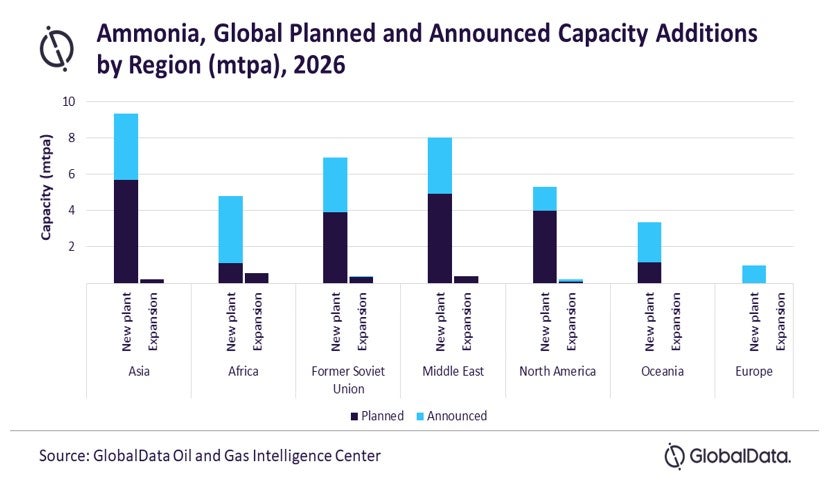GlobalData’s latest thematic report, ‘Predictive Maintenance in Oil & Gas,’ provides an overview of the evolution of predictive maintenance as a theme within the industry. It also provides a detailed analysis of the predictive maintenance value chain, its role within the oil and gas value chain and the corresponding participation of leading players in this ecosystem.
Predictive maintenance is an important part of asset management strategies that are employed in every industry to maximise the operational life of equipment and infrastructure. It uses an innovative data-driven approach to assess the state of the field equipment or infrastructure and provides a detailed picture of its expected operating life. This enables decision-makers to schedule maintenance activities without affecting normal functioning. These insights can also be utilised to determine whether any machinery or infrastructure requires a substantial overhaul.
How well do you really know your competitors?
Access the most comprehensive Company Profiles on the market, powered by GlobalData. Save hours of research. Gain competitive edge.

Thank you!
Your download email will arrive shortly
Not ready to buy yet? Download a free sample
We are confident about the unique quality of our Company Profiles. However, we want you to make the most beneficial decision for your business, so we offer a free sample that you can download by submitting the below form
By GlobalDataEffective predictive maintenance strategies for equipment rely on regular data gathering. This data is used to determine the state of disrepair, which is then used to assess the appropriate corrective measures required.
The emergence and rapid growth of innovative technologies such as the Internet of Things (IoT), artificial intelligence (AI), augmented and virtual reality (AR/VR), big data, Cloud computing and others have recently shaped the maintenance strategies in the oil and gas industry.
Maintenance strategies have evolved from a reactive to a preventive approach to ensure continuous operations along the oil and gas supply chain. The economic urgencies and technological support available at that time have shaped these strategies and will continue to do so in the future.






